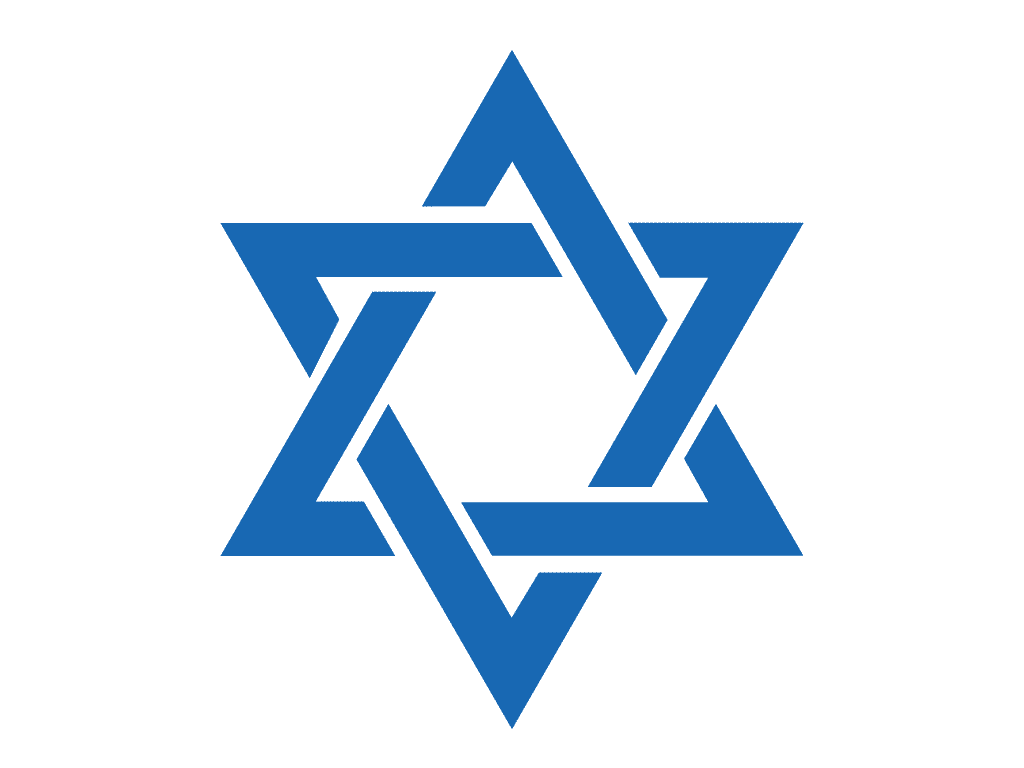Guide to Friday Evening Services
Welcome to our synagogue! We’re glad that you are here. Here are a few things to know that will help you better navigate this evening’s services.
The Prayerbook
The smaller red book, titled Lev Shalem, is our book of prayers, called a siddur in Hebrew. Because Hebrew is an ancient language, it is read from right to left. That means that the book will seem to open backwards relative to most books in America. In order to show that the Hebrew on the right side and the English on the left side are the same prayer, the same page number is on both facing pages. Under the English on the left side of the page, there is red print with the Hebrew words transliterated into English letters for everything that will be sung aloud by people in the congregation. In the right margin there are commentaries about the prayer, and on the left margin there are alternative readings that relate to the prayer.
Kabbalat Shabbat - P. 10-30
The first part of the service is Kabbalat Shabbat, where we welcome Shabbat, the Jewish Sabbath. It starts with Yedid Nefesh (p. 10), a love poem from the Jewish people to G-d. It was written in the 1500s. Then we have 6 Biblical psalms, 95-99 and 29 (p. 11-21). These help us reflect about the week that has just finished. We stand for Psalm 29 on page 21. Next is L’cha Dodi (p. 23-25), also written in the 1500s. This prayer has 9 verses that talk about both Shabbat and Jerusalem. At the last stanza we rise and turn toward the entrance of the room, where we bow left and right on the last line, welcoming in Shabbat. Finally, we sing the Psalms 92 and 93 (p. 27-29), which were sung in the Temple on Shabbat and Friday respectively. Kabbalat Shabbat ends with the Mourner’s Kaddish (p. 30), where we hope that G-d’s name will be exalted in the world.
Arvit / Ma’ariv - P. 39-62
The second half of the service begins with Barchu (p. 39), the prayer where we formally come together as a community. We stand for Barchu. This is followed by HaMa’ariv Aravim (p. 39), a prayer praising G-d for creating the world, and Ahavat Olam (p. 40), a prayer thanking G-d for revealing the Torah. Next is the Shema (p. 41-42), where we acknowledge that there is only one G-d. Many people will cover their eyes with their right hand for the first line of the Shema to help them focus on this important prayer. After this we sing Mi Chamocha (p. 43-44), thanking G-d for redeeming us from Egypt, and Hashkiveinu (p. 45), asking for Divine protection from the scary things that can happen at night. The prayer after that is V’shamru (p. 46), a quote from the Biblical Book of Exodus (Ex. 31:16-17) about Shabbat (we stand for this prayer and keep standing), and then the Hatzi Kaddish (p. 46), marking a transition within the service. This is followed by a long silent prayer called the Amidah (p. 47-52). This prayer, said standing, is an opportunity to read the English (or Hebrew) and/or just silently speak your own prayers to G-d. The service concludes with the M’ein Sheva (p. 53-54), which is a mini-repetition of the Amidah, the Kaddish Shalem (p. 54), which marks the transition to the final prayers, the Kiddush (p. 55) where we bless both a cup of grape juice or wine as well as the Sabbath, Aleinu (p. 56-67) where we pray for the perfection of the world, another Mourner’s Kaddish (p. 58), and sometimes Yigdal (p. 62) to finish with a description of G-d.




